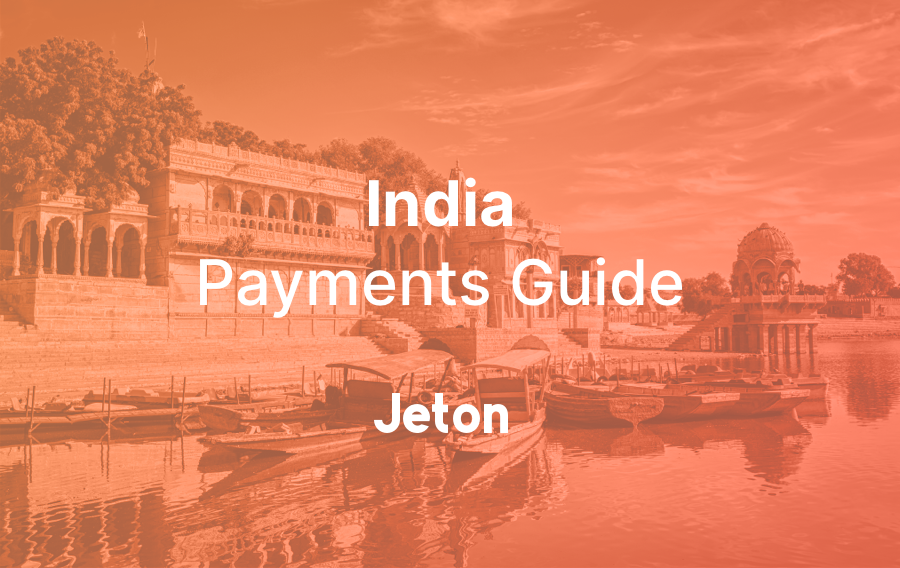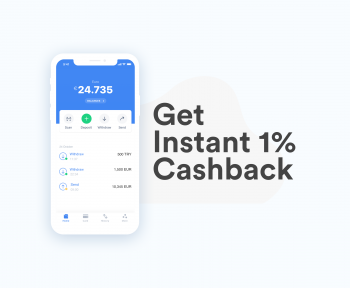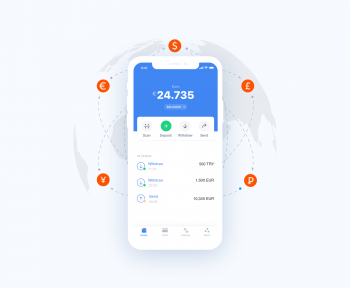India! Incredible India!
Hindustān is the sacred land where the oldest known religion was born. The country has over 300,000 mosques and over 2 million Hindu temples. Nicknamed the “brightest star in the sky”, India has a special place in the world with its diverse culture, religious systems and medicinal practices that influence and heal thousands of people worldwide.
This breathtaking country is unique and valuable in many aspects, from its undeniably delicious cuisine to one-of-a-kind social norms. Before getting closer to India’s most popular payment methods, we better understand this fantastic culture through some exciting details.
As Mark Twain once said, “India is the cradle of the human race, the birthplace of human speech, the mother of history, the grandmother of legend and the great-grandmother of tradition.” Modern homo sapiens stepped on the Indian subcontinent from Africa around 55,000 years ago. This long history of human habitation resulted in the diverse genetic background of the Indian population and the creation of the oldest known religion in the world Hinduism, which is today the third largest religion in the world. India’s massive population is 1.39 billion, and this incredibly diverse country has over 440 native languages.
India is famous for its cuisine all over the world. With its exclusive spice blends and unique recipes, Indian food has gained tremendous popularity, especially in the last couple of decades. This is the country where around 70% of the world’s spices come from, and Indian cuisine naturally includes herbs in most of its dishes. There are also various vegetarian-friendly options since most of the population of India does not consume meat. Due to their religious beliefs, killing and eating an animal has no place in life for many Indians.
This unique and multicoloured country has an irregular social system called “the caste system”. The caste system originates from the Hinduism belief in karma and reincarnation. Starting more than 3,000 years ago, the caste system divides Hindus into four main categories: Brahmins, Kshatriyas, Vaishyas and the Shudras.
These categories are based on who the people were in their past life, their karma, and what family line they come from. There are several reasons why the caste system is no longer fit for the modern world, yet Indian people still need long years to overcome the effects this system has created on their culture.
Yoga is another essential part of Indian culture. Yoga’s origins can be traced back to northern India over 5,000 years ago. The word yoga is believed to be first mentioned in ancient sacred texts called the Rig Veda. The practice of Yoga was spread all over the world until arriving in the West.
With its healing properties to the body and the soul, Yoga is genuinely a thriving practice. People from all over the world have been practising Yoga, whether they are Hindu or not, through its various benefits. For some people, it is a therapeutic experience for the body; for some, it is a way of releasing traumas. Yoga is indeed one of the soundest things India has brought to our world.
The economy of India can be described as a middle-income developing market economy. It is the world’s fifth-largest economy, and from when the country gained independence in 1947 until 1991, the government focused on strategies to improve India’s economy. The long-term growth perspective of the Indian economy still has positive effects thanks to its young population. This is a rising star in the qualified labour force as been raising skilled professionals in many areas with over 1000 universities.
Choosing Payment Methods in India
While India has a robust and extending economy, preferred payment methods and practices in India mostly stay old-school. Most transactions are done with cash since Indians in rural areas do not have access to electronic payment systems. Let’s take a closer look at the other payment options in India.
What are the Different Types of Payment Methods in India?
Payment practices in India vary heavily due to the different economic conditions of Indian people. Not all Indians have access to technology and banks.
- Credit Cards in India
Even though credit and debit cards are considered more practical and safer, Indians mostly use credit cards for online payments, in-store and small-scale payments. Some of the most popular banks you can get card services from in India are HDFC, SBI Card, ICICI, Amex, Axis, Citibank, Standard Chartered Bank and Kotak Mahindra Bank.
However, it is up to you if you want to mess with long account openings instead of creating one in a couple of minutes through a digital wallet.
Compared to exhausting traditional bank procedures, an e-wallet can open the patterns of independence, instant information, and inexpensive monetary operations. Plus, user-friendly digital wallets like Jeton Wallet also aid debit cards linked to the client’s balance and traceable transaction history via state-of-art mobile applications.
- Cash in India
As mentioned, Indian people still prefer to use cash for most transactions in their daily routine. Some reasons Indians still use cash as their primary way of payment are the more accessible key to cash and the difficulties of accepting and enabling digital payments.
Unfortunately, not everywhere in India has an equal pass to technology. Due to the inequality in education, the less educated and poorer part of the population still finds cash the more reliable payment option. If you are travelling to India, you should carry some money, particularly for your small payments in rural areas.
- Digital Wallets in India
For the Indian people with relatively higher income and education, more options appear in online payment. Digital wallet usage in India is encouraged highly by the government. The Digital India programme is a programme started by the Government of India with the aim to transform India into a digitally empowered society. E-wallets can be considered the best online payment method for some Indians as there are many options, thanks to the successful companies operating their digital wallet services in India. Just like Jeton!
- Cryptocurrency in India
India is big on technological improvements, and cryptocurrencies are a great example to prove this attitude. Bhārat Gaṇarājya has accepted and started buying, selling and trading cryptocurrencies as quickly as, if not more, the rest of the world. According to the latest statistics, 22% of Indians hold a type of cryptocurrency in their investment portfolio. The top favourites are apparently Bitcoin, Bitcoin Cash, Polkadot, Ethereum, Dogecoin, Tether, and XRP.
Consequently, Bhārat, for its high population and market value, has always been the apple of the eye of merchants, traders and any kind of entrepreneur for thousands of years. Considering that the subcontinent promises a significant role in the growing cutting technology and full potential, it surprises none of us to see what is happening here.
Jeton Wallet in India
Namaste, Bhaarat!
Our functional and trustworthy digital wallet, Jeton Wallet, has been serving in India with a continuously growing user portfolio. Thanks to our bright team specialised in the Indian market, we have the complete perspective of spending habits, needs and concerns here. This information gives us the proper view of shaping our services according to the latest trends.
We understand how challenging it can be to send or receive money overseas through India for those working abroad. There are expensive exchange rates for Indian Rupees, double conversions, and unavoidable transaction fees. In many cases, you can even encounter maximum limitations by several countries’ grave regulations.
All these are stories now; Jeton Wallet provides you with a path to operate your money transfers in over 50 fiat currencies in 80 countries. You do not have to brood on exchanging your Indian Rupees anymore. We will give you the most profitable exchange rate with no transfer fees among Jeton Wallet members.
Visit jeton.com today to meet our outstanding online payment services and step into the future of digitisation!



